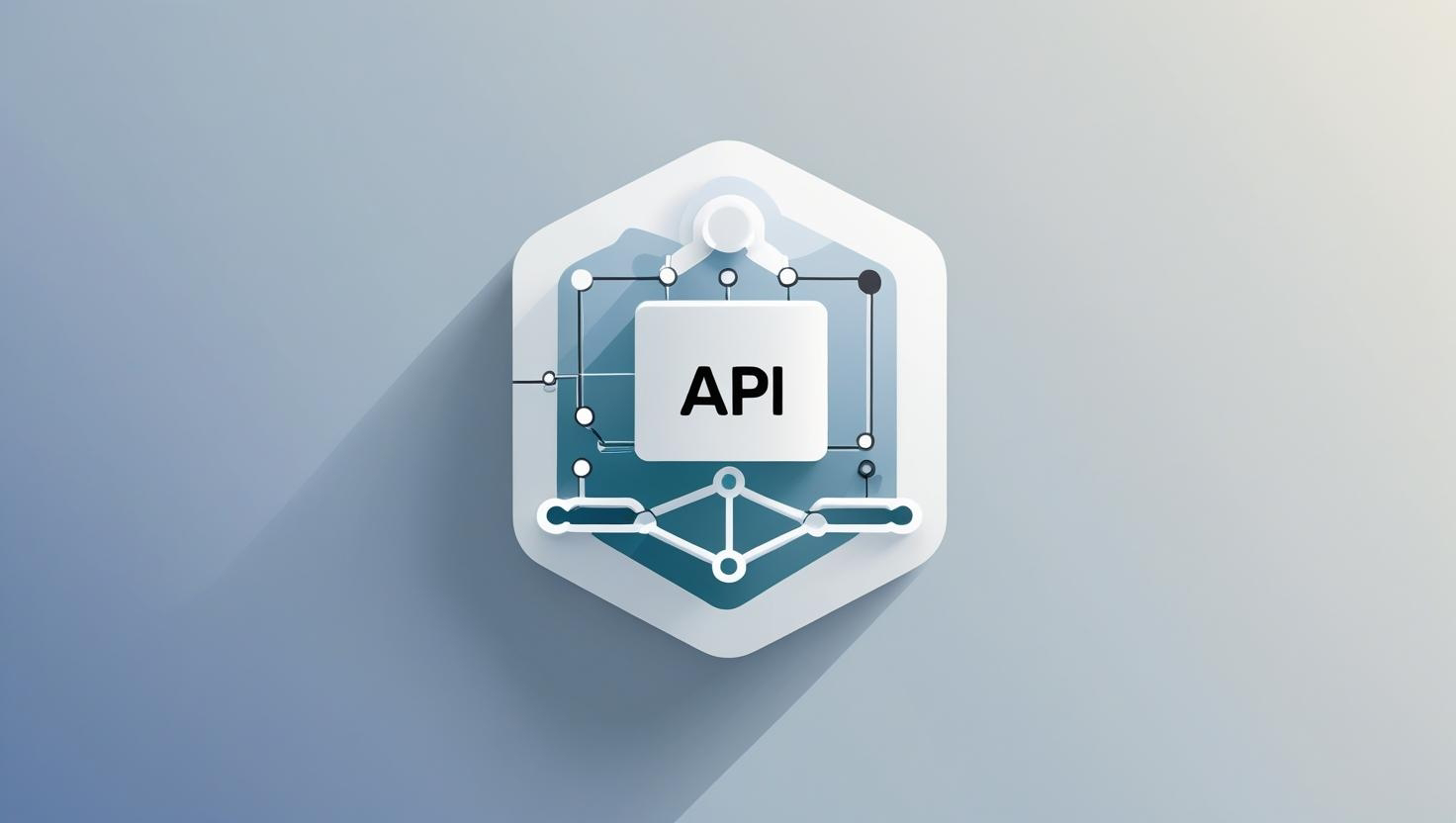Building a modern API Gateway from the ground up can seem complex, but with the right design choices, it's entirely achievable. This guide walks through the core steps and components involved in creating a scalable and efficient gateway.
1. Understand the Role of an API Gateway
An API Gateway acts as a single entry point for clients to access backend services. It typically handles:
Request routing
Authentication and authorization
Rate limiting
Load balancing
Logging and monitoring
Caching
2. Choose the Right Stack
Depending on your performance and scalability needs, popular options include:
Language: Go, Node.js, Rust, or Python (FastAPI)
Web server/framework: Express, Fastify, Gin (Go), Actix (Rust)
Reverse proxy layer: NGINX, Envoy, or custom reverse proxy code
3. Implement Core Features
a. Routing
Create a dynamic router that forwards incoming requests to the correct microservice based on path and method.
b. Authentication
Add JWT or OAuth2-based auth. Validate tokens before forwarding requests.
c. Rate Limiting
Protect your services from abuse using leaky bucket or token bucket algorithms (Redis can help here).
d. Caching
Use in-memory or distributed caching (e.g., Redis) to reduce latency for frequently requested resources.
e. Monitoring & Logging
Log requests and responses (without sensitive data) and expose metrics using Prometheus or OpenTelemetry.
4. Test for Performance & Security
Use tools like:
k6 or Apache JMeter for load testing
OWASP ZAP for security scanning
5. Deploy and Scale
Containerize your gateway with Docker, then deploy using:
Kubernetes (with autoscaling)
Service meshes like Istio or Linkerd for advanced routing, observability, and security
---
Final Thoughts
A custom API Gateway gives you flexibility and performance control, but it also comes with complexity. Consider starting with open-source solutions like Kong, KrakenD, or Envoy and gradually building custom layers as needed.
